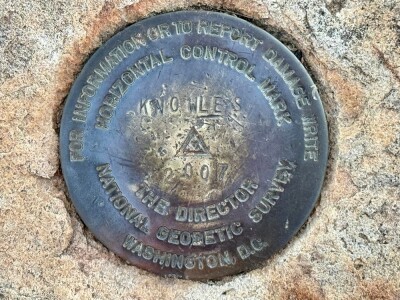3D printing firm Z Corporation is getting some great attention right now: Namely a video that’s blowing up on YouTube, already well over 3.3 million views. The first inclination is that this simply cannot be anything other than a good thing. If three million people are seeing your brand, especially in a niche market like 3D printing, that’s an unmitigated success, right?
Well, I’d say it depends on the video. Unfortunately, what people are seeing is pretty darn deceptive, the smart people are picking up on that, and it could be harming Z Corp and the industry more than it’s helping (well, probably not, but hear me out).
First, here’s the video. Give it a watch. It was originally filmed and edited for the National Geographic channel:
Okay. Do you see the problem?
Right. The wrench that gets printed isn’t the wrench that got scanned. It just isn’t. First of all, there’s a weird little loop at the bottom of the one that comes out, which isn’t on the one that got scanned. Second, the number of slots on the screw wheel is different. And, well, it’s just not the same wrench. Any kid that’s played a spot-the-differences game can come up with that pretty quick.
So, the second problem is that the video is insulting to our collective intelligence. Did they think we wouldn’t notice? Did they think the technology wasn’t cool enough on its own, so they had to fake it up?
And, since the Internet is basically built for conspiracy theorists, we now have the third problem: people who don’t think the scanning-to-print workflow works at all. That the whole thing is fantasy.
That’s bad.
Even David Kaplan, the guy in the video, is washing his hands of the affair (in a really cool example of why the Internet is the best thing that ever happened to transparency and getting at the truth):
So, is it Z Corp’s fault that National Geographic editors tried to deceive the public (or were just too incompetent to get the story right)? Of course not. Is it Z Corp’s problem? Potentially. From what I can tell, Z Corp is embracing the video, under the idea that publicity just simply can’t be a bad thing. They’re even linking to stories from their web site, like this one, that completely don’t acknowledge that the video is something of a sham.
If I were them, I’d have a greeting right on my home page for those people that are probably googling the heck out of the company right now, letting them know that, no, the workflow depicted in the video isn’t quite accurate, but, yes, you can basically do what the video says you can do, and let us clear up exactly how it works.
Without taking that step, I think the company is in danger of suffering a little collective consciousness backlash that will affect not only them, but the 3D data capture industry as a whole.





